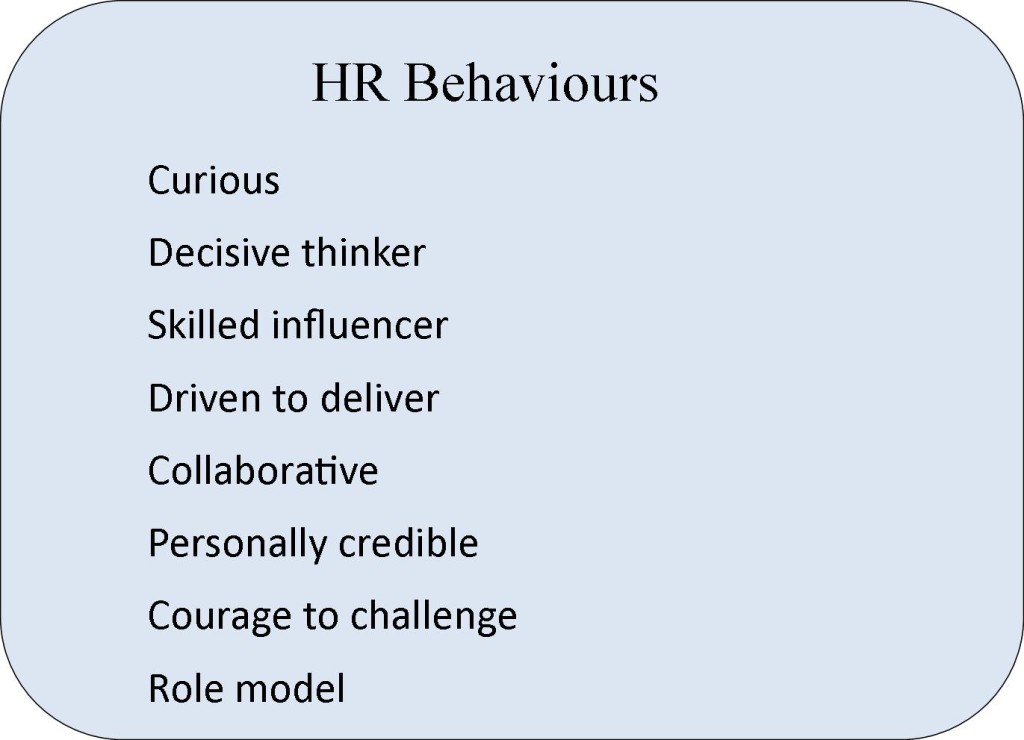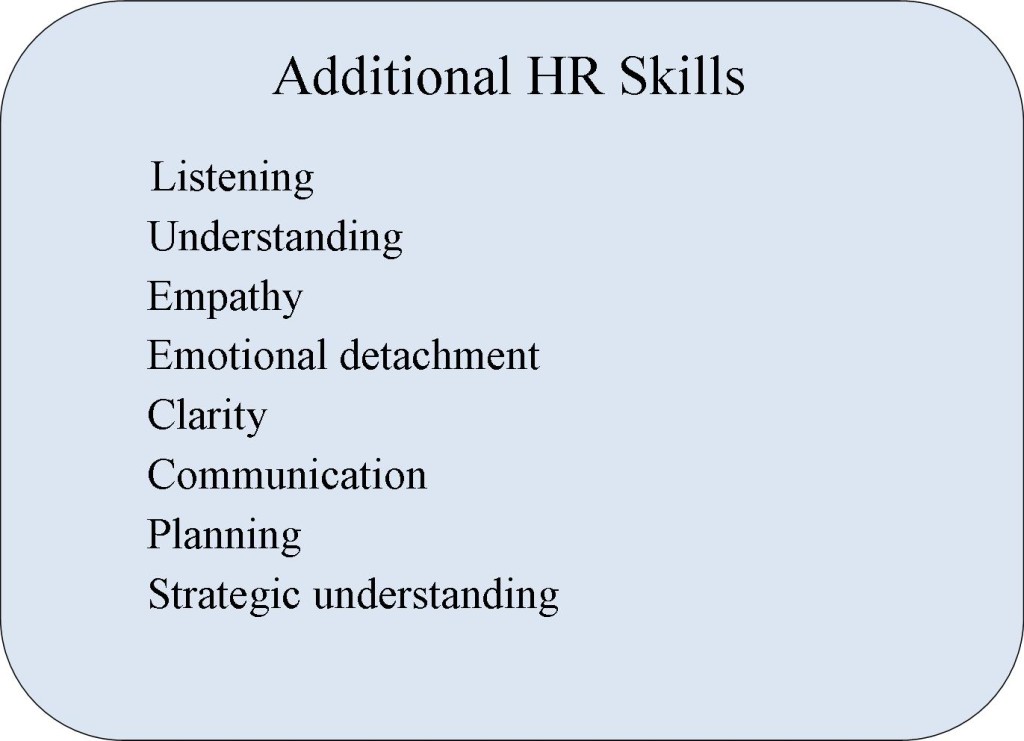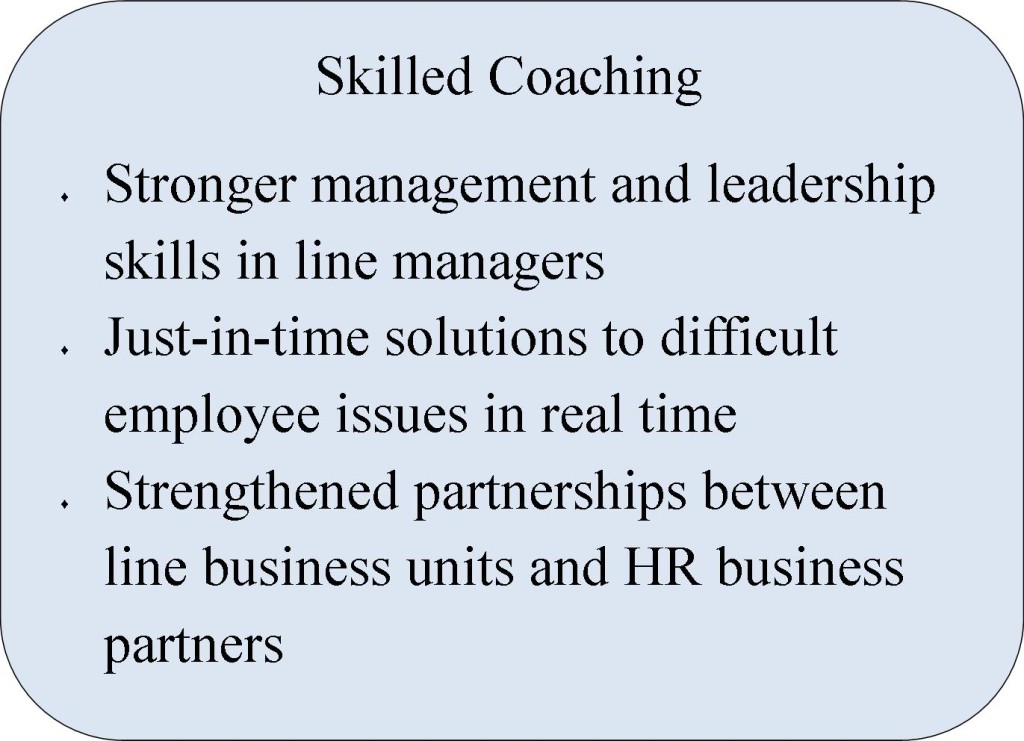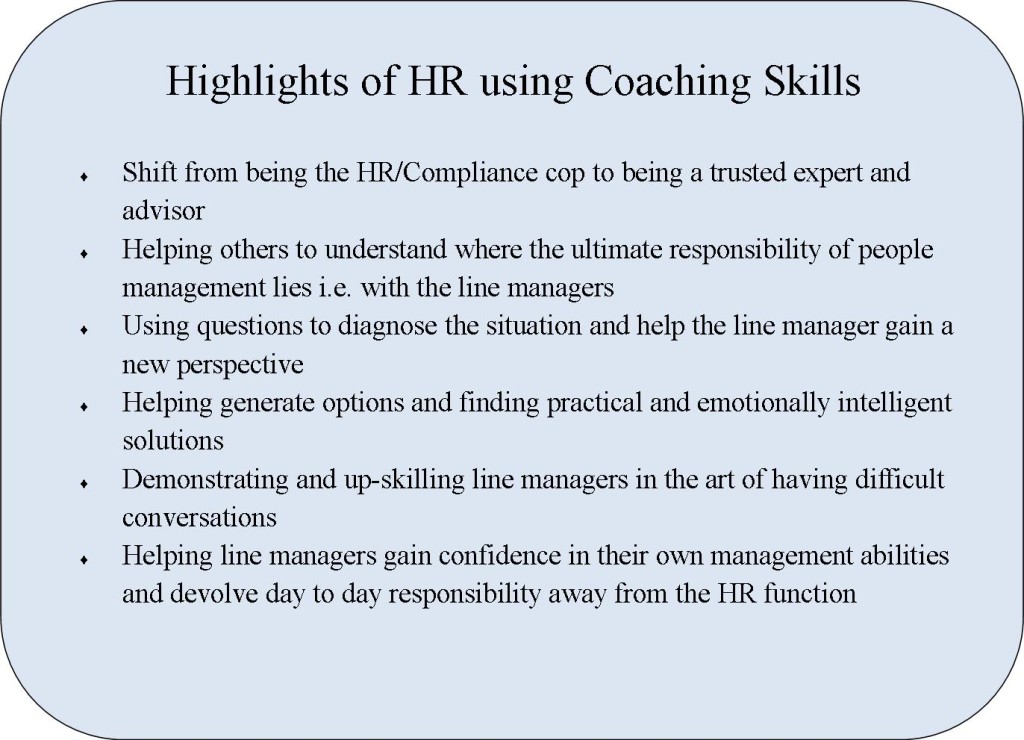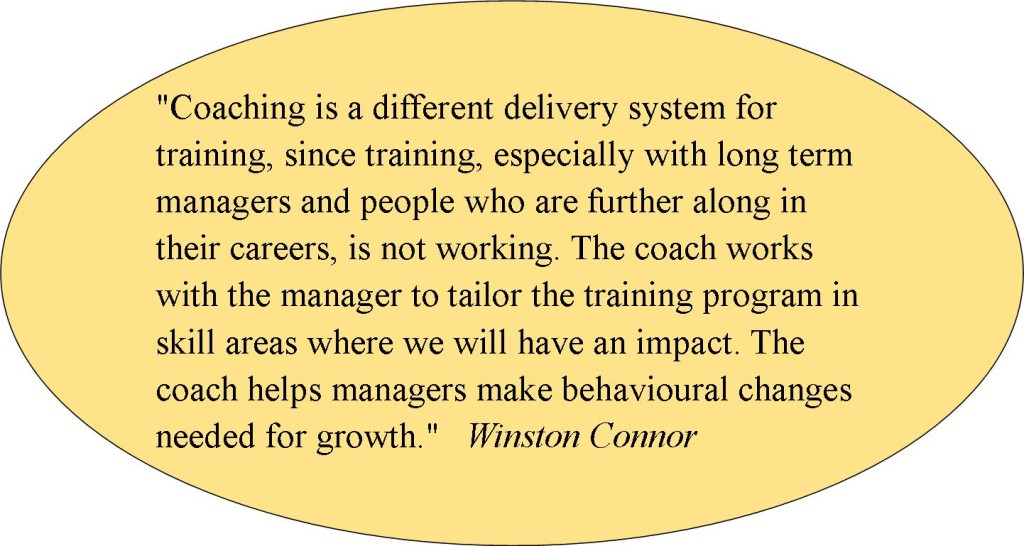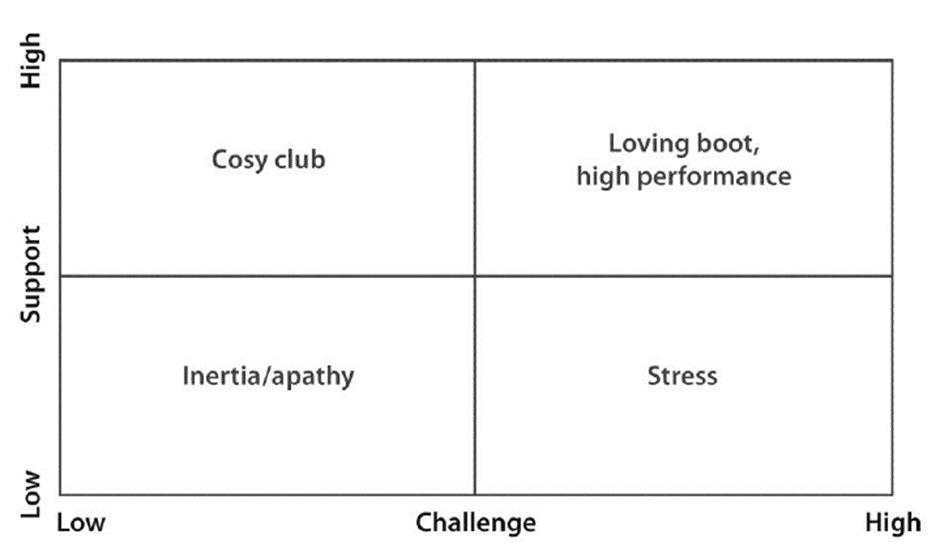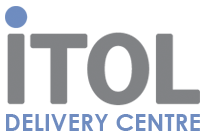
Is There A Conflict Between Coaching and HR?
By Annette Miller (Annette is an HR professional who recently completed her Certificate in Coaching with The Development Company)
Introduction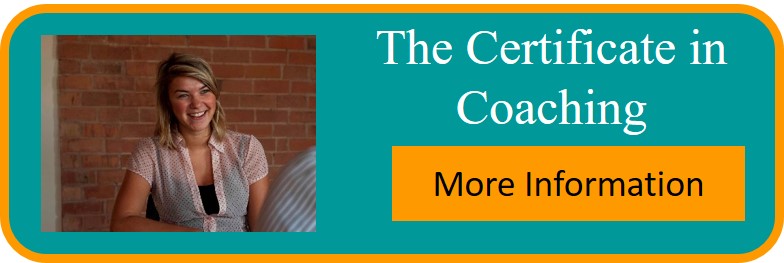
It would be a natural assumption to think that most of the qualities that an HR business partner learns and uses every day would easily lend themselves to coaching and whilst this may be true to a certain extent, there are notable exceptions. This blog explores the skills and methods which are common to both HR practice and coaching and, more in depth, those where the path splits quite noticeably.
The HR Approach
In order to examine these skills and methods in more detail, it’s important to understand the platform from which both roles, HR and Coaching, operate. In order to impact on business performance and deliver real value, a true HR business partner will possess these key attributes.
Some of these attributes are natural and some can be learned to greater effect, but they are all critical qualities with which to combat the stereotypical view of a standard HR department – typically one that is a cost drain as opposed to a profit enhancer.
These attributes, in turn, feed into the cornerstone HR competencies of:
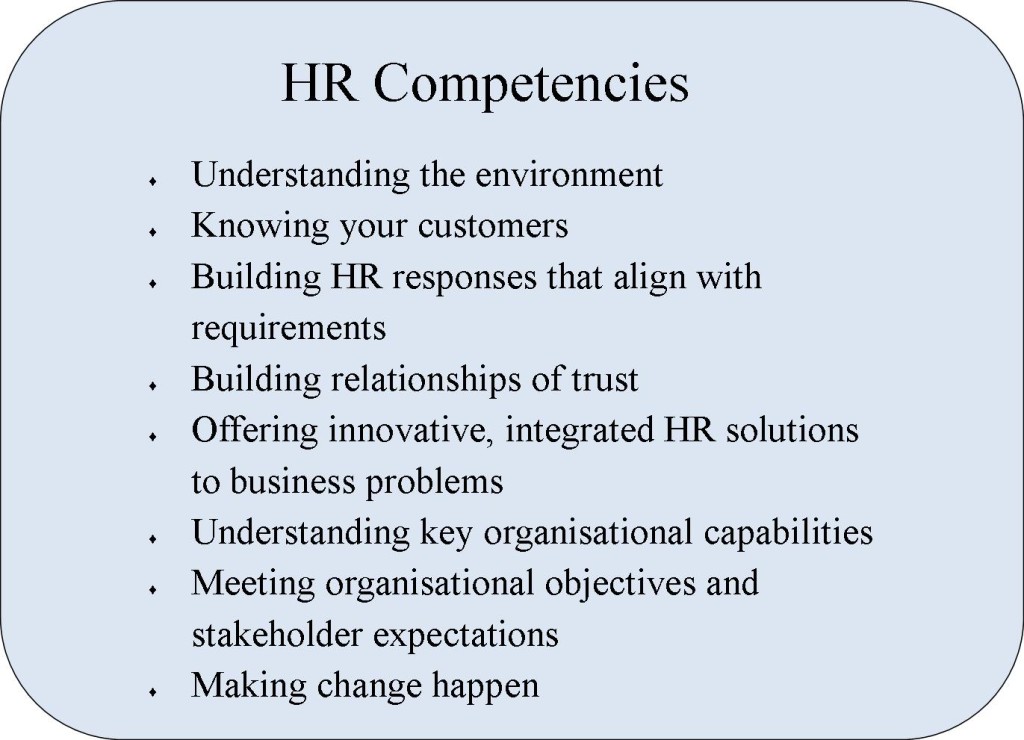
A naturally skilled HR practitioner will also find themselves consciously and subconsciously using skills such as:
So let’s take a typical scenario in the day of an HR practitioner.
A line manager approaches HR with a request: “I’m having a really difficult time managing one particular report. I’ve tried everything and I’ve now given up. I want you to sort it out!” Most skilled HR professionals know not to take on that responsibility, but many still don’t know what to do other than to tell the manager what not to do, in order to avoid legal problems.
The Coaching Approach
The most effective and beneficial response would be for the HR business partner to say,
“I’d be happy to help, but instead of simply fixing it, I’ll coach you
on how to manage this person more effectively.”
This way hopefully the problem is resolved and the line manager begins to understand how to manage more effectively and to think through problems and come up with the solutions for him or herself.
An HR business partner who is skilled in coaching can provide extremely valuable just-in-time coaching at these critical points. Skilful coaching can not only avoid legal issues, but more importantly provides other significant benefits:
This is a good example of where HR and coaching skills can jointly be used to great effect – they complement each other, sometimes even replicate each other, delivering 360° degree effectiveness which can be built on in the future.
In a sentence, coaching skills and methodologies, if used effectively, should enhance and highlight common HR practices in order to perpetuate a self-development culture.
HR and Coaching
Some of the highlights of HR using coaching skills are listed below:
The common wisdom is that HR functions need to get on board as coaches or miss an exciting opportunity to influence the next evolution of their organisation’s management potential.
According to Winston Connor, formerly an HR Vice President and currently an executive coach:
Coaching Skills
In order to build a credible coaching environment, it’s important not to try to repackage old skills as coaching.
Traditionally, an HR practitioner is expected to, and naturally leans towards, providing solutions. He/she is the expert. A coach, however, doesn’t bring the answer but rather a system, a process for helping the subject discover the answers for themselves, which is a very different approach to problem solving. And that is the whole crux of the matter – the traditional expectations of an HR practitioner as an immediate, often crisis driven, solution provider are diametrically opposed to the manner in which a coach will approach a problem.
Here are some of the key areas where a coaching approach differs from an HR approach.
You need permission to coach
An effective coach defines the boundaries of their relationship with each manager. Is the coach a trusted advisor and friend? Does the coach listen and provide feedback? Or, do they help the manager obtain 360 degree feedback and develop action plans to increase their capability as a leader? The agreement the HR professional develops with each manager can be different. The separate coaching role must be agreed upon to work.
Most importantly, the HR specialist can use coaching to push the window with each manager to assist them in growing professionally to promote the success of the organization and of the individual.
A key strategy for the HR coach is to set the situation up, so the person asks for help, rather than having help forced upon them.
The coach is not in control
The HR professional is a resource for managers who seek out his/her services but at the same time HR have a certain amount of control over a situation in terms of being able to invoke employment law to enforce best practice. A coach has no control over the relationship or the actions and decisions of the person they are coaching.
Be a knowledgeable coach and resource, but tell the truth when you don’t know the answer
A manager or supervisor seeks input from an HR manager most frequently when they are uncertain about how they handled a particular situation. Or, they seek input prior to making a mistake in their handling of an issue. This results in the HR manager automatically becoming the solution provider.
With coaching, managers seek targeted assistance from a coach with their own growth as managers remaining front of mind. This can result in the coach most often receiving the most difficult and delicate questions as a good manager will already know some of the standard HR advice.
The coaching approach, where you are asking the manager what they think will enhance their capabilities and self-esteem.
Combining an HR role and a coaching role would be where possible to confirm that the manager’s answer is the correct path.
A coach’s role is to strengthen a manager’s competency, not to demonstrate that the coach knows the answers. This is sometimes a very difficult balance to strike, especially if, as an HR Manager, you are party to background information, which has a direct impact on both the subject of the coaching and the business as a whole. Is taking a coaching ‘hat’ off mid-session and putting on an HR ‘hat’ acceptable?
In many cases, a pure coach will not know the answers to a problem and, in the same way, an HR manager will not either, especially if the coaching subject is away from the usual HR remit.
It is then that the HR ‘hat’ can be well and truly removed and pure coaching skills employed where no prior knowledge of a subject is necessary and the use of the GROW model is the only framework that’s needed.
Helping the manager develop their own solutions
People generally know what is the right or appropriate thing to do. Often, a coach’s job is to draw the answer out of the individual.
If a person is given the answer, the manager is less likely to own and fully engage in the solution or answer. Exploring possibilities and finding out what is really wanted by an individual ensures results will be stronger and richer because that approach has fostered ownership.
A coach can provide options and recommend resources. A coach can give an opinion and answer questions but, ultimately, the answer must be the manager’s.
This is where it’s particularly important to ensure that, as a coach, one does not fall into the trap of advising or having an opinion on whether a goal or solution is right or wrong.
How to combine HR and Coaching skills so that they work together
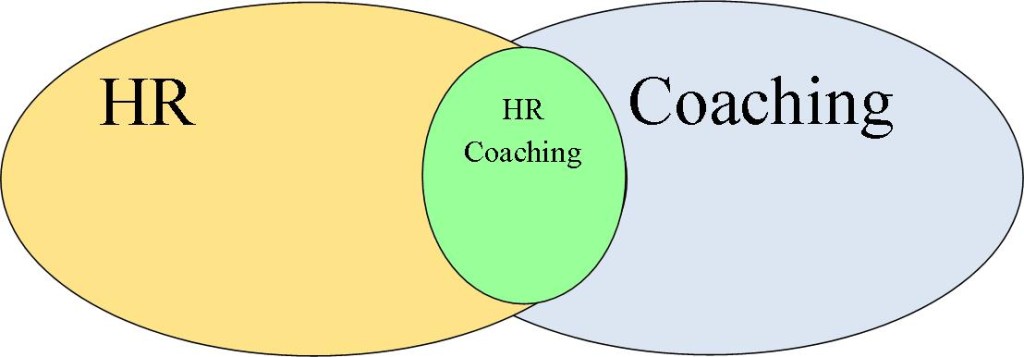
This is where a new form of coaching has been introduced.
In 2012, Ian Day and John Blakey published a book called ‘Challenging Coaching’ which dramatically builds on the foundations of traditional coaching.
The two men take coaching to a new level, giving it a sharper edge and potentially enormously growing the impact that coaching can have on an individual’s performance. The basis of their argument is taking traditional coaching and making it more challenging by throwing in a number of different factors which some think are alien to what coaching is all about.
Day and Blakey came up with the acronym FACTS (Feedback, Accountability, Courageous Goals, Tension and Systems Thinking).
Day and Blakey explain that coaching is a very young profession which accelerated its development by using many of the supportive skills and approaches of its sister profession of counselling. This has undoubtedly served coaching well and it is now a mainstream development intervention with competency frameworks and codes of ethics.
However, they argue that the legacy of counselling is now holding back coaching and preventing it from becoming a real transformational force within leadership development.
The traditional notions of being non-directive, holding the coachee‘s agenda and building rapport are foundations for effective coaching, but also come with limitations and risks. There is the risk that the coach colludes with the coachee, only asking questions in a very supportive fashion, while being non-judgmental.
It is time to change and move away from a single focus on support.
Challenge and Support
The diagram below demonstrates that there are two variables essential to maximize performance: support and challenge. It is when these two are out of balance that performance suffers.
Too often in business, people actively avoid challenging interventions, fearing that these will cause disruption and create ill-will. However, a high level of challenge is not inherently wrong and, in fact, the absence of challenge in a business environment risks complacency, indulgence, apathy and disinterest.
The key is that challenge is provided alongside equally high levels of support. The support skills of coaching are used to create the conditions in which a coachee feels secure enough to disclose private thoughts and feelings, and in turn, develop awareness. There must also be a challenge to push this self-awareness further and to move to sustainable development.
The high support / high challenge area of this matrix is where growth and development can be maximised. This is the ‘loving boot‘ which can stimulate and ‘kick‘ a person to pursue a new direction or goal and to achieve high performance.
This is the optimum balance of support and challenge where coaches can unlock the highest potential for both individual and organisation.
Day and Blakey propose a conscious, intelligent use of both support and challenge skills where the coach can dynamically shift depending upon the circumstances and environment.
If a coach develops awareness of the value of challenge, they will be able to serve both individuals and the sponsoring organisation more effectively to create sustained business change. This is about the ability and choice of the coach – one default style is limiting, whereas a choice of approaches is robust and effective.
‘Challenging Coaching’ focuses on the skills a coach needs to develop to avoid the risks highlighted above and ensure an optimum balance of support and challenge? These skills have been distilled into five cornerstones of a stance, known as FACTS coaching:
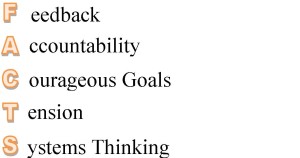
Feedback
Providing challenging feedback that informs and inspires, and ensures that praise and recognition for a job well done are balanced with honest feedback on mistakes, learning, and failures.
Accountability
Coaching clients are held accountable for commitments without blame or shame. Accountability is extended from personal commitments to alignment with the values, strategy, and ethos of the wider organisation. The coach anticipates the rising tide of accountability in the world at large and is a role model this behaviour in their daily work.
Courageous Goals
Moving beyond rational, incremental goal-setting models such as SMART, to goal-setting that engages the right-brain attributes of courage, excitement, inspiration, and transformation.
Tension
Tension is constructive and is used to optimise performance without risking burnout. Tension in a conversation can be calibrated and dynamically adjusted to ensure peak performance.
Systems Thinking
Coaching within the big picture issues such as sustainability, values, ethics, and the long term performance that reaches beyond the immediate individual and touches on deeper organisational change. The coach can learn from the world of systems thinking which enables the coach to be a positive agent of change for the wider organisation.
Coaching – Realism, Honesty and Challenge
By using the acronym FACTS, Day and Blake grounded the approach in a word that sums up a theme of realism, honesty and challenge. Many coaches may say that they do many of these things already, however, ‘Challenging Coaching’ would encourage coaches to turn up the volume and consistently do more and take risks to push further.
FACTS coaching is not to be regarded as a sequential series of steps like other models such as GROW, but as an integrated suite of thinking with dynamic elements that interact and overlap. The behaviours and skills in FACTS are not used instead of the supportive skills and models of more traditional coaching approaches but rather to expand on these skills and leverage them to further improve performance and sustain the coaching impact.
FACTS should be regarded as a further development of coaching skills once the core skills have been mastered and a firm foundation of a trust and respect has been established.
Ann ette Miller
ette Miller
HR & Talent Development Advisor
Lantmännen Unibake UK
If you enjoyed reading this blog, please share with your friends using the buttons below:

